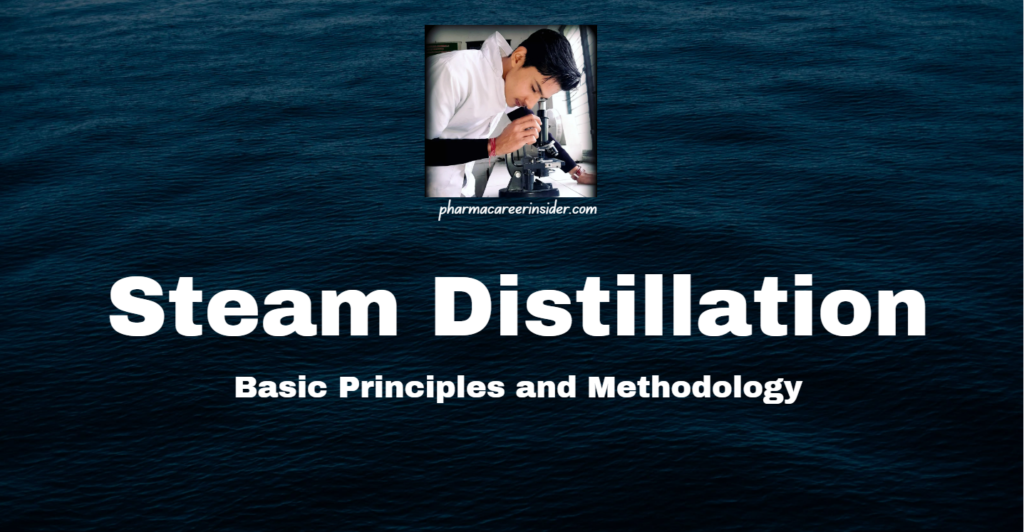Introduction Molecular distillation is an advanced separation technique employed for the purification and separation of complex mixtures, particularly in applications requiring the distillation of high-boiling and heat-sensitive compounds. This method operates under high vacuum conditions, minimizing the temperature required for distillation and reducing the potential for thermal degradation. The basic principles and methodology of molecular […]
Day: February 12, 2024
Introduction Steam distillation is a specialized form of distillation that utilizes steam to separate volatile components from non-volatile compounds, particularly in the extraction of essential oils from plants. The basic principles and methodology of steam distillation involve the use of steam to carry the volatile compounds into the vapor phase while minimizing the thermal degradation […]
Introduction Distillation under reduced pressure, often referred to as vacuum distillation, is a process that involves the distillation of liquids at pressures lower than atmospheric pressure. This method is particularly useful for separating components with high boiling points or those prone to thermal degradation at elevated temperatures. The basic principles and methodology of distillation under […]
Introduction to Fractional Distillation Fractional distillation is an advanced separation technique that refines the principles of simple distillation. It is employed to separate components in a liquid mixture based on their boiling points by utilizing a fractionating column, which enhances the separation efficiency. This process is crucial in the production of high-purity substances and is […]
Introduction to Flash Distillation Flash distillation is a widely used separation process in chemical engineering, particularly in the petrochemical and oil industries. It is a continuous separation technique that exploits the differences in boiling points of components in a liquid mixture, creating a vapor-liquid equilibrium at reduced pressures. Basic Principles of Flash Distillation a. Phase […]
Definition 1. Concept: The dissociation constant, often denoted as Kd or Kdiss , is a measure of the extent to which a substance dissociates into its ions or components in a solution. It quantifies the equilibrium concentration of products and reactants in a dissociation reaction. Types of Dissociation Constants 2. Acid Dissociation Constant (Ka): Definition: […]
Definition 1. Concept: The dipole moment (μ) is a vector quantity that quantifies the separation of positive and negative charges within a molecule, resulting in an electric dipole. It provides insight into the molecular polarity and asymmetry of charge distribution. Mathematical Representation 2. Mathematical Definition: The dipole moment (μ) is defined as the product of […]
The dielectric constant, also known as the relative permittivity, is a fundamental property of materials that describes their ability to store electrical energy in an electric field. It plays a crucial role in various aspects of physics, chemistry, and engineering. Here’s a detailed note on the dielectric constant: Definition 1. Definition and Symbol: The dielectric […]
Cyclopropane and cyclobutane, being small cyclic hydrocarbons, exhibit unique reactivity patterns due to their inherent ring strain. Here is a detailed note on the reactions of cyclopropane and cyclobutane: Reactions of Cyclopropane 1. Ring Opening Reactions: – Cyclopropane undergoes ring-opening reactions, particularly in the presence of strong nucleophiles or electrophiles. – For example, […]
In cyclohexane, a common cyclic hydrocarbon, two types of hydrogens are present due to the chair conformation of the molecule: axial hydrogens and equatorial hydrogens. 1. Axial Hydrogens: Axial hydrogens are those oriented vertically concerning the plane of the cyclohexane ring. They project either upwards or downwards from the carbon atoms of the ring. These […]










